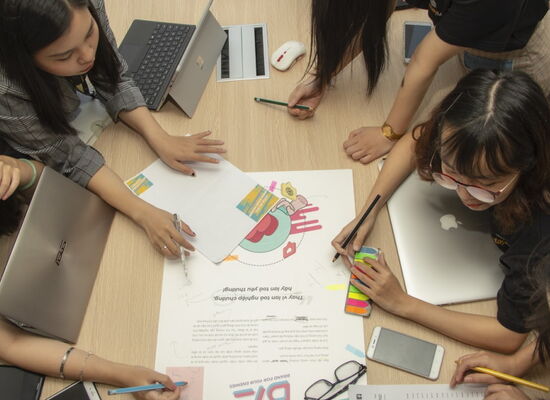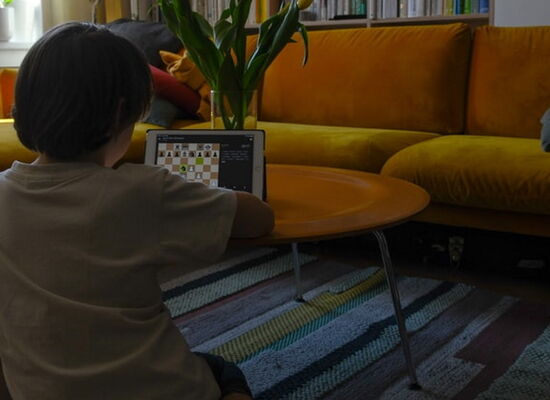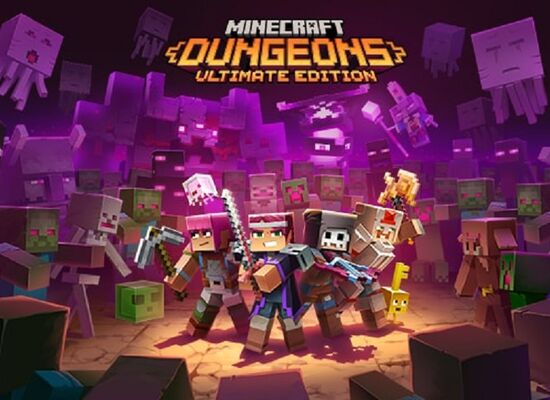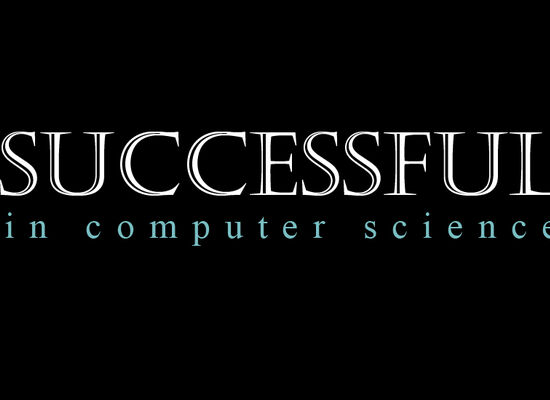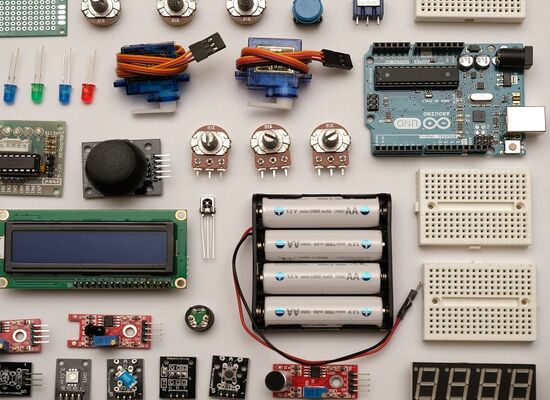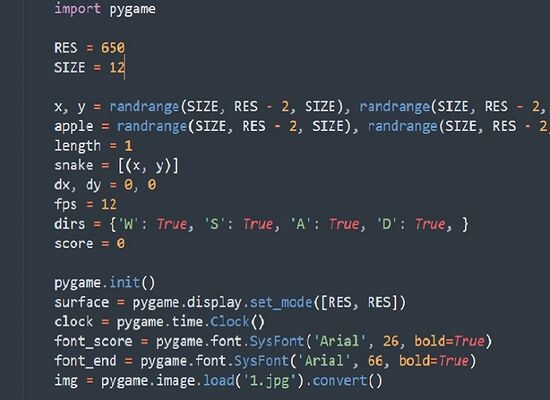Online Kids Coding Classes with Live Teachers vs Self-Taught Classes
12 May, 2020
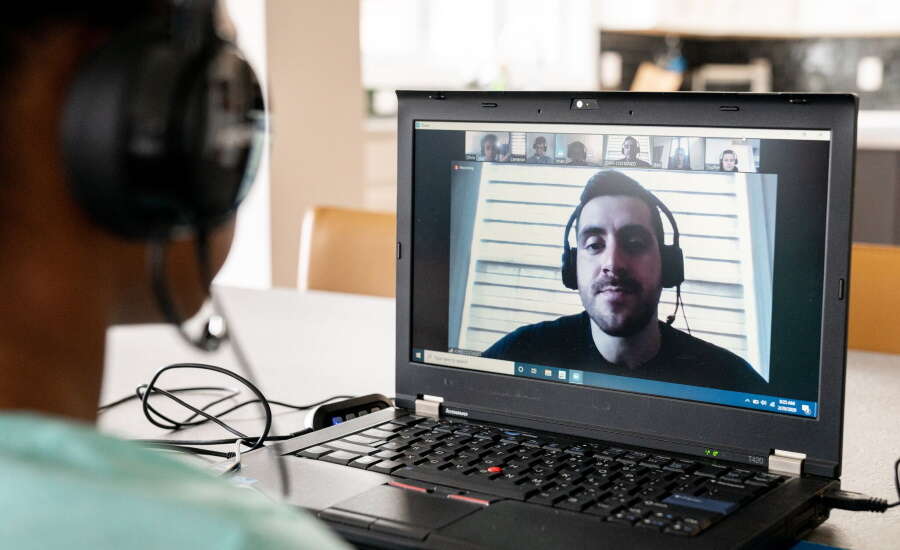
What Type of Online Coding Course is Best for Kids?
- Best for Quality Teaching: Live online lessons are undeniably the most effective and fun way your child can learn to code. With screen-sharing, video streaming and remote-control for teachers, all the wonderful things that can be done in a physical class can also been done in online classes.
- Best for Cost and Flexibility: Self-taught courses aren’t ideal for beginner coders who need bucket loads of support and encouragement. They are however great for really advanced students who don’t have much time and are capable of staying on track even when the learning gets tough!
Online Kids Coding Classes with Live Teachers vs Self-Taught Classes
Are online coding classes the perfect fit for your child? Read our article comparing online and traditional coding classes if you’re not sure. However, if your answer is yes then you’re probably now stuck scrolling through the mind-boggling variety of coding courses advertised online. To narrow your options down, first figure out whether a set of live classes or a self-paced course would work best for your kid. Though the actual material taught in most beginner kids classes is very similar, there’s a world of difference between how live and prerecorded lessons are taught. For most kids, live lessons are a million miles better than self-taught courses. But, depending on your child’s learning style and personality type, they may be able to thrive without a coding teacher.
Live Lessons VS Self-Taught Classes
Learning Materials

- Live: Online coding classes tend to have a low student-teacher ratio which means that teachers usually have the freedom to get creative; tailoring the lessons to the kids’ interests and levels. Apart from making the lessons more fun, it also means that your kid will most likely progress faster with a teacher who will create exercises suitable for their level.
- Self-Taught: If your child is a programming prodigy, then it may difficult to find a coding class with kids on the same level. Of course, private classes are an option but with a self-paced course you can save a few bucks and your child will be able to skip ahead to the challenging material. Should your child not be a fluent coder, then a set of generic coding lessons will probably leave them bored and with gaps in their understanding of programming.
Level of Support
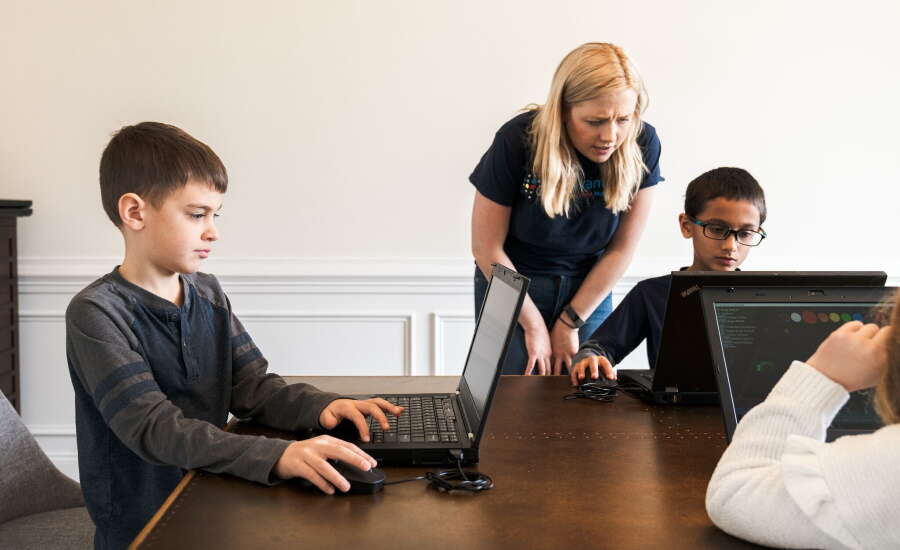
- Live: There’s a lot of new information to take in while learning to code. Inevitably, your child will have a lot of questions to ask. With a live lesson the teacher can clear confusion as soon as it arises. In our lessons, kids can share their screen displays so teachers can see exactly what needs troubleshooting. And, if a problem proves really tricky, teachers can even take remote control of a kid’s computer and help fix the problem hands-on.
- Self-Taught: Without a teacher it’s far too easy for kids to get frustrated and give up when they get stuck. Though Google does have all the answers, even adult coders can struggle to find the right answer due to the overwhelming amount of conflicting information on programming help forums. Unless you personally have coding experience and the time to help your child get through the tricky stuff, they will probably struggle getting through anything but the most basic of courses. Should you think that your child has the grit to pull through the hard bits, then make sure to choose a course with online support chats.
Community Interaction
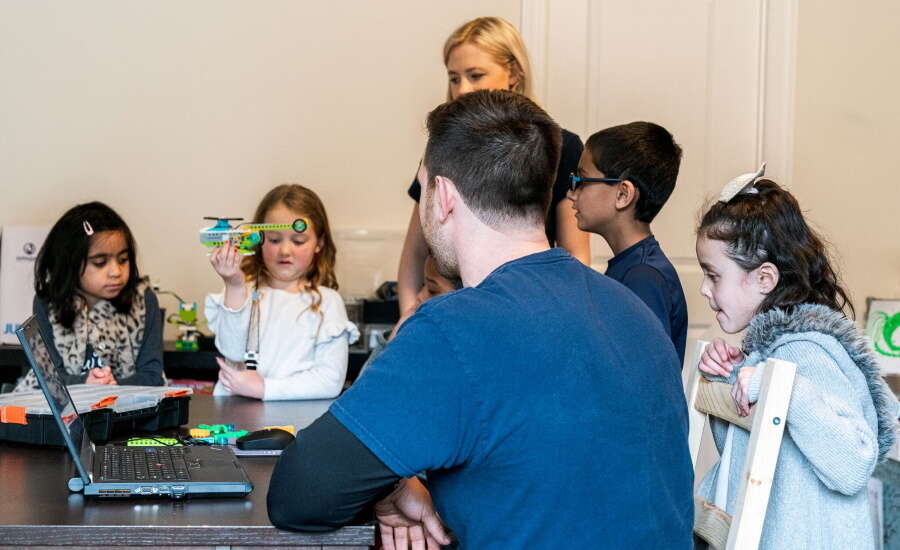
- Live: Group video lessons are surprisingly sociable. Though nothing beats physical interaction, kids still get to collaborate with friends, show-off their work to the class and simply have a swell time learning code. If your child is an auditory learner then they’ll especially benefit from this type of live instruction. In our lessons, kids are encouraged to talk— to quiz the teacher, answer questions and help friends— and by doing so their knowledge is cemented.
- Self-Taught: On some self-paced courses the number of learners can reach into the thousands. Through chats and project-sharing, kids can receive help, find inspiration and maybe even make friends. To ensure your child’s safety, it’s best to only choose coding courses specifically made for kids.
Time Commitment

- Live: Due to the wide variety of coding lessons now online, it shouldn’t be difficult to find one that suits your child’s schedule. Just bear in mind that you’ll have to make sure your child starts prepping and setting up their computer at least 10 minutes before the lesson starts.
- Self-Taught: For busy families, there is definitely beauty in the model of anytime learning programs. Though some courses have deadlines, most don’t have any time restrictions whatsoever meaning your kids can learn whenever and however intensively they like. But what kids like to do and need to do are often at odds with each other. It takes determination to stick to a lesson plan when there’s no one to enforce it.
Cost

- Live: Small class sizes and a personalized approach mean that most live lessons are pricier than self-taught courses. However, there are cases when they can work out cheaper. If your child has a similar-aged sibling, they could learn together at half the price if they share a screen— something which is impossible in self-taught programs.
- Self-Taught: Cost doesn’t always equate to quality, especially when it comes to self-taught kids coding courses. Many of the best learning platforms, such as Khan Academy’s coding courses and Scratch, are actually free. Why not take the best of both worlds and let your child use the free online courses to his heart’s content and supplement that with as many live classes as you can afford?
Other Important Considerations
- Live: Teachers aren’t simply there just to teach. Nor are they just there to scold and monitor progress. To our students, their teachers are super-heroes; people who inspire them and make them feel excited about coding!
- Self-Taught: There are countless well-designed, self-paced coding courses online. The majority however are not suitable for children. Make sure that you do your research and choose a course that has been specifically created for your child’s age group.
Thanks for reading this article and if you have any questions or comments on this topic or coding and STEM in general, please feel free to contact us.
Photos by Green Chameleon, Veri Ivanova, Alexander Mils on Unsplash
